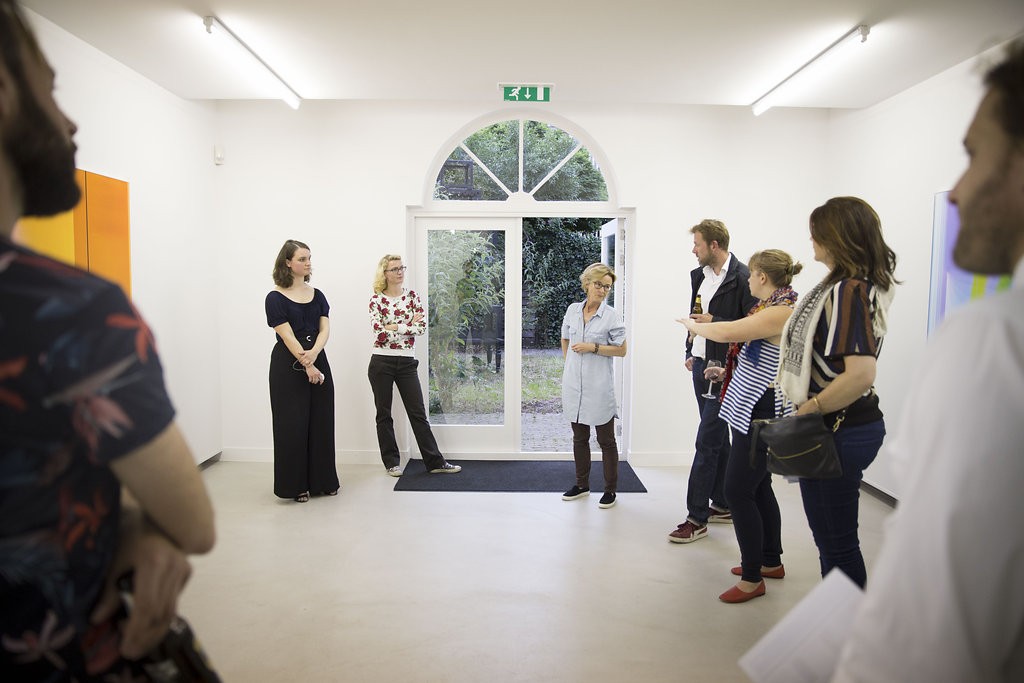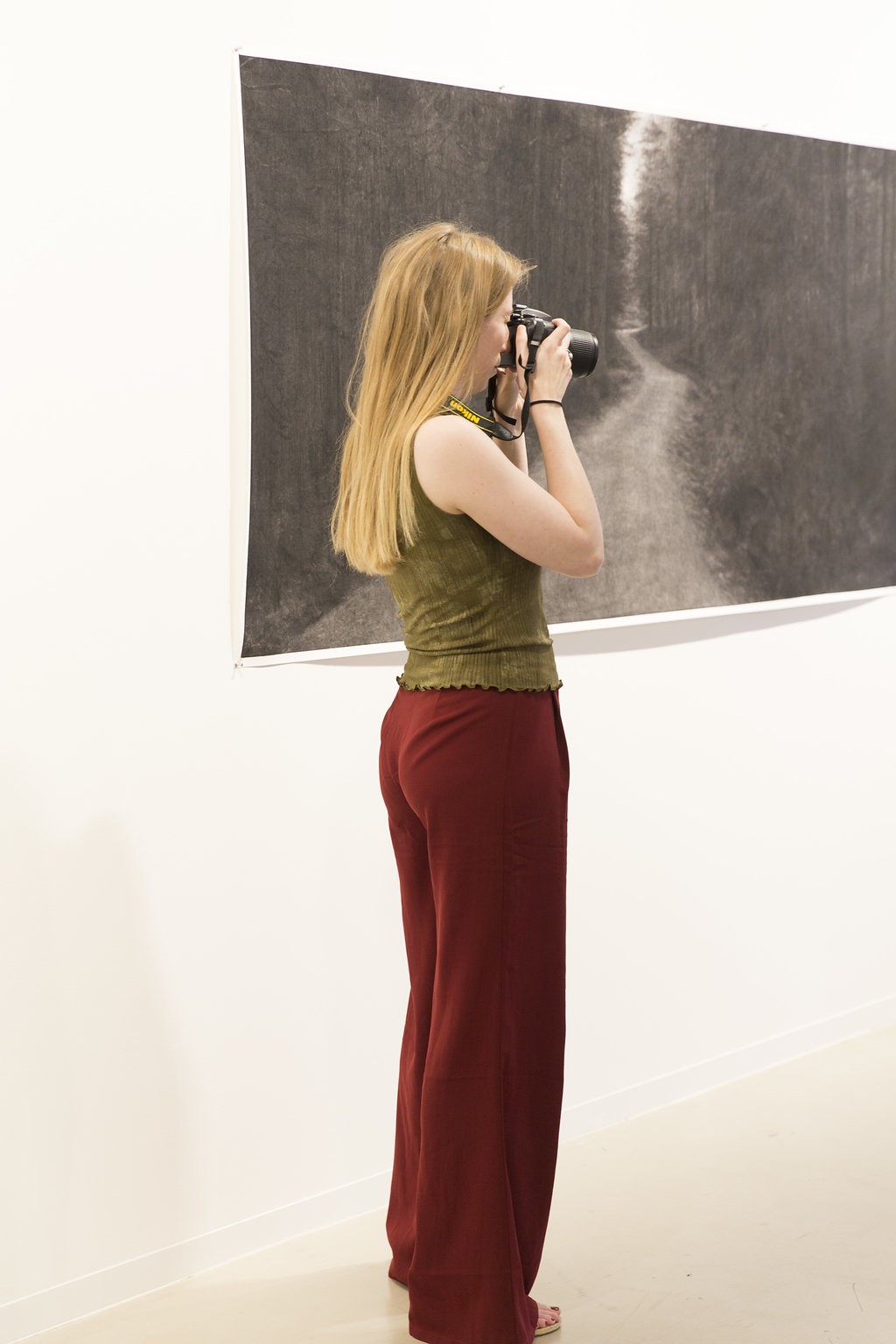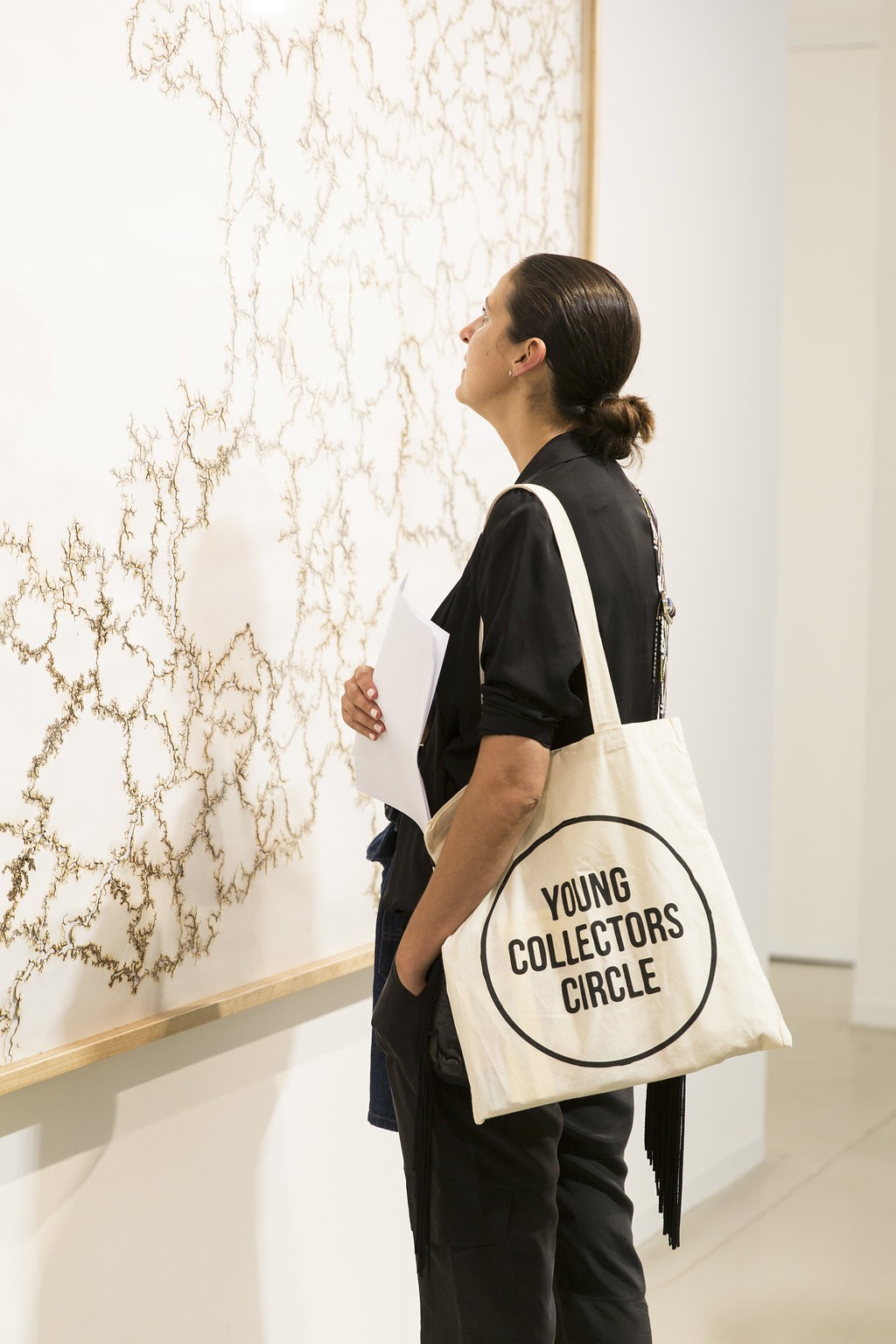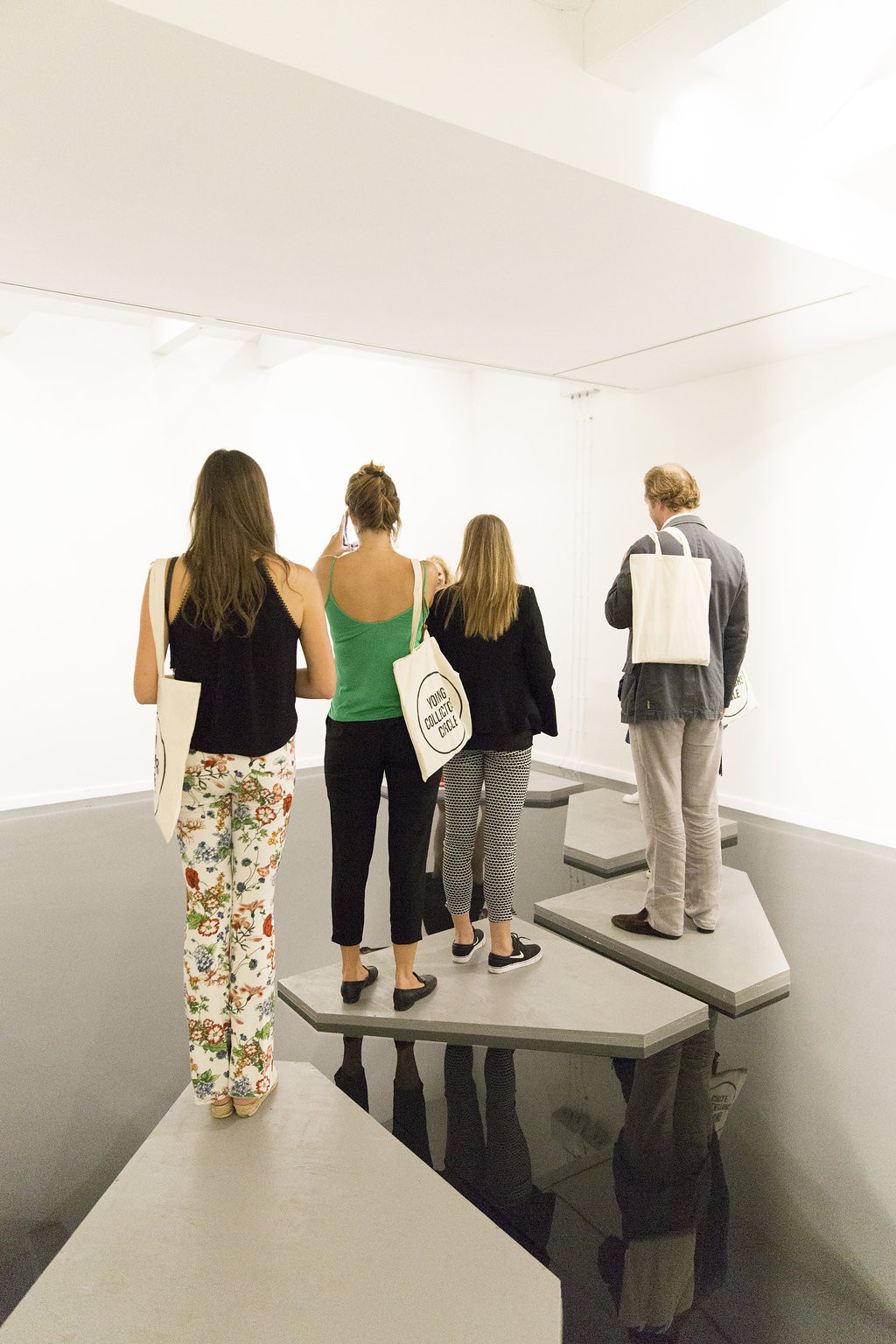The Artist
A gallery is there first and foremost for the artist. A gallery stimulates and supports its artists by organizing exhibitions in the gallery or at fairs, but also by bringing the artist to the attention of curators, who may be able to give the artist a place in a museum exhibition, and of critics, who write about the artist in the press and art journals. In addition, the gallery is responsible for bringing the artist to the attention of the network of collectors that the gallery has built up and for promoting the artist through the gallery's website and social media (and sometimes the artist's own platforms as well) to attract new buyers as well.
In addition to this marketing and sales function, a gallery often also plays a role in the financial management of the artist, such as mediating commissioned work (such as an artwork in the public space). A gallery sometimes helps an artist by, for example, advancing expensive materials. However, a gallery generally has no substantive influence on the work of the artist, who operates autonomously, but can be a sparring partner for the artist. A gallery has a 'stable' of artists and does all of this work for several artists at once.
Generally an artist has a fixed agreement to work with only one gallery (in a specific region). In return for the work they do, the gallery receives a percentage of the proceeds of a sale (often after deduction of the artist's costs). On average this percentage is 50%, but sometimes the percentages are lower, depending on the agreement between the gallery and the artist.
The collector
A gallery is also important for collectors. In addition to galleries being an excellent place to discover art, a good relationship with a gallery can also help you, for example, to obtain a work by a sought-after artist. If you buy work from a gallery, the gallery will generally keep you well informed about how 'your' artist is doing and inform you if, for example, the artist has an exhibition or new work is available. A gallery can also advise you on how to best maintain your purchase or even on where in your home the work would look best.
In principle, as a collector you can assume that a gallery owner has set a fair price for the work you want to buy. Many first-time buyers wonder whether it is common or possible to negotiate a discount. Keep in mind that a discount is a favor, not a right: for example, collectors who buy regularly from a particular gallery sometimes receive a discount on their purchases.
Another question many new collectors have is whether it would not be smarter (or cheaper) to bypass the gallery and contact the artist directly. This may sound obvious, but in the end it benefits no one: after all, the artist needs the gallery to move forward in his career, and that benefits you as a collector as well. If an artist is represented by a gallery, he, she or they will usually refer you back to the gallery: it would not be fair if a gallery invests a lot of time and money in promoting an artist, but then does not get paid for it.
The Future
Much has been written in recent years about the changing role of the gallery. Now that artists are able to take on certain marketing and network tasks themselves more easily due to the rise of social media and all kinds of online platforms, the question is whether the gallery system in its current form still has a future. How this will develop, we will have to wait and see.
Want to know more?
Young Collectors Circle regularly organizes gallery tours (online and offline) and fair visits. If you want to learn more about how the art market works and how prices are determined, our Crash Course Collecting is for you! Check here for more information!



